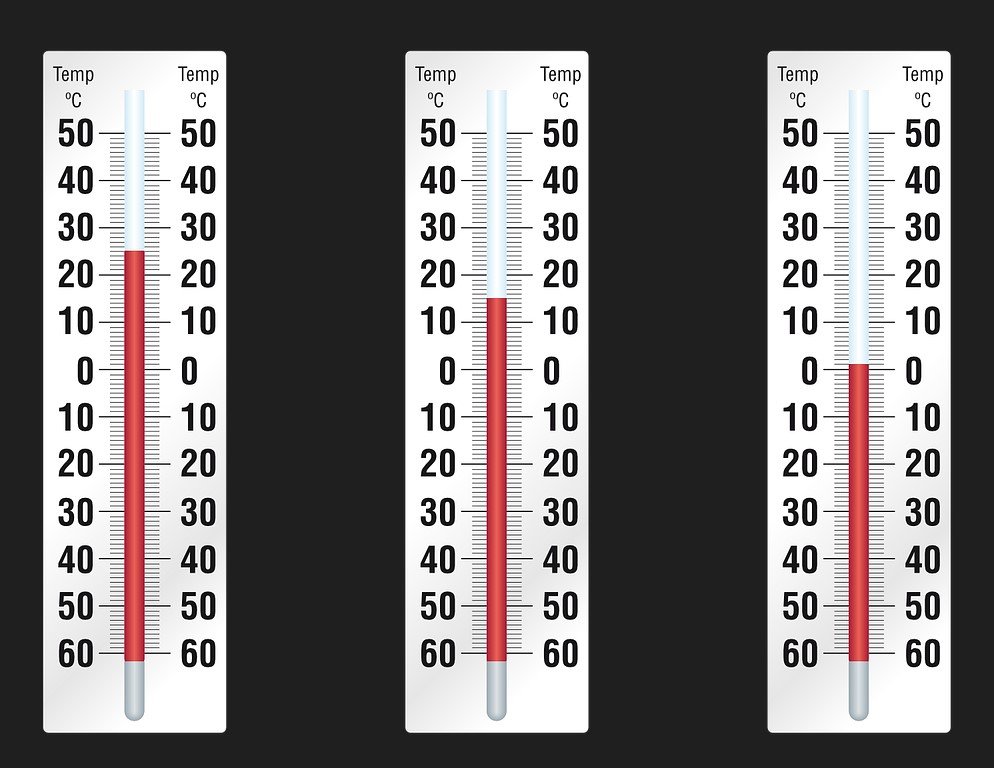As someone who has dealt with various iPhone issues over the years, I understand how frustrating it can be when your iPhone screen becomes unresponsive. You might be worried about losing all your precious data, photos, and contacts. Backing up your iPhone in such a situation is crucial, and this article will provide you with the guidance you need to ensure your data is safe and secure.
So, how can you backup your iPhone when the screen is unresponsive? The key is to utilize alternative methods like Voice Control, iTunes, or Finder to backup your data. Additionally, assessing the severity of the issue and seeking professional help if needed can also assist in data recovery. By following the steps outlined in this article, you’ll be able to safeguard your information and restore your iPhone to its optimal state. So, without further ado, let’s dive into the process!
What Causes an Unresponsive iPhone Screen?
An unresponsive iPhone screen can be caused by various factors, including hardware issues, software glitches, or physical damage. These issues can often result in the loss of touch functionality, making it difficult for users to access their device and backup important data. Understanding the root cause of an unresponsive screen is crucial in finding the most effective solution for backing up your iPhone.
Some common reasons for an unresponsive screen include a faulty display, loose internal connections, water damage, or even a corrupted iOS update. In some cases, users may experience temporary unresponsiveness due to software bugs or memory overload. Identifying the cause of the problem can help you determine the right course of action, such as performing a hard reset, updating the iOS, or seeking professional assistance.
According to a study by Blancco, 62% of iPhone failures were related to performance issues, while 38% were linked to hardware problems. This highlights the importance of regularly maintaining your iPhone and ensuring that both hardware and software components are functioning optimally. By addressing any issues promptly, you can minimize the risk of encountering an unresponsive screen and protect your valuable data.
Assessing the Severity of Your Unresponsive Screen
Before attempting to backup your iPhone with an unresponsive screen, it’s essential to assess the severity of the issue. This will help you determine whether the problem can be fixed with simple troubleshooting steps or if you need to seek professional assistance. Understanding the extent of the issue is crucial for deciding the most appropriate course of action for data recovery and device restoration.

How to Backup iPhone with Unresponsive Screen: A Guide
There are several factors to consider when assessing the severity of an unresponsive screen, such as the nature and duration of the problem, any visible signs of physical damage, and whether the device has been exposed to water or extreme temperatures. Additionally, take note of any error messages or unusual behavior displayed by the device during the period of unresponsiveness.
If the issue seems to be minor and temporary, you may be able to resolve it by performing a hard reset, updating the iOS, or using alternative methods like Voice Control, iTunes, or Finder to backup your data. However, if the unresponsiveness persists or is accompanied by other serious issues, it’s advisable to seek professional help from an authorized service provider to ensure the best possible outcome for your device and data.
Utilizing iTunes or Finder to Backup Your iPhone
When dealing with an unresponsive iPhone screen, utilizing iTunes (for Windows or macOS Mojave and earlier) or Finder (for macOS Catalina and later) can be an effective way to backup your data. These applications allow you to create a complete backup of your iPhone, including your contacts, messages, photos, and app data. In this section, we will guide you through the process of backing up your iPhone using iTunes or Finder.
- Connect your iPhone to a trusted computer using a Lightning-to-USB cable.
- Launch iTunes or Finder, depending on your computer’s operating system.
- In iTunes, click on the device icon in the upper-left corner. In Finder, select your iPhone under the “Locations” section in the sidebar.
- Under the “Backups” section, choose “Back up all of the data on your iPhone to this computer.”
- If you want to include Health and Activity data in your backup, select “Encrypt local backup” and create a password for encryption. Remember this password, as you will need it to restore your data from the encrypted backup.
- Click on the “Back Up Now” button to start the backup process. Wait for the backup to complete before disconnecting your iPhone from the computer.
Utilizing iTunes or Finder to Backup Your iPhone
When dealing with an unresponsive iPhone screen, utilizing iTunes (for Windows or macOS Mojave and earlier) or Finder (for macOS Catalina and later) can be an effective way to backup your data. These applications allow you to create a complete backup of your iPhone, including your contacts, messages, photos, and app data. In this section, we will guide you through the process of backing up your iPhone using iTunes or Finder.
- Connect your iPhone to a trusted computer using a Lightning-to-USB cable.
- Launch iTunes or Finder, depending on your computer’s operating system.
- In iTunes, click on the device icon in the upper-left corner. In Finder, select your iPhone under the “Locations” section in the sidebar.
- Under the “Backups” section, choose “Back up all of the data on your iPhone to this computer.”
- If you want to include Health and Activity data in your backup, select “Encrypt local backup” and create a password for encryption. Remember this password, as you will need it to restore your data from the encrypted backup.
- Click on the “Back Up Now” button to start the backup process. Wait for the backup to complete before disconnecting your iPhone from the computer.
By following these steps, you can create a comprehensive backup of your iPhone data using iTunes or Finder. This backup can be used to restore your data to a new device or recover important information in case your iPhone becomes irreparably damaged.
Seeking Professional Help for Data Recovery
In some cases, an unresponsive iPhone screen may be too severe or complex to resolve with simple troubleshooting methods. In such situations, seeking professional help for data recovery is the best option. Authorized service providers and data recovery specialists have the expertise and tools necessary to diagnose and repair hardware issues, recover data from damaged devices, and restore your iPhone to its optimal state.
When choosing a professional service provider, ensure that they are authorized by Apple or have a proven track record in data recovery. This will help guarantee the quality of their services and protect your device from further damage. Additionally, inquire about the success rate and estimated cost of the data recovery process before committing to any service.
Conclusion
Dealing with an unresponsive iPhone screen can be a frustrating experience. However, by understanding the root cause of the issue and exploring various methods to backup your data, you can minimize the impact on your valuable information and find the most effective solution for your device. With diligence and patience, you can overcome this challenge and restore your iPhone to its optimal state.
















